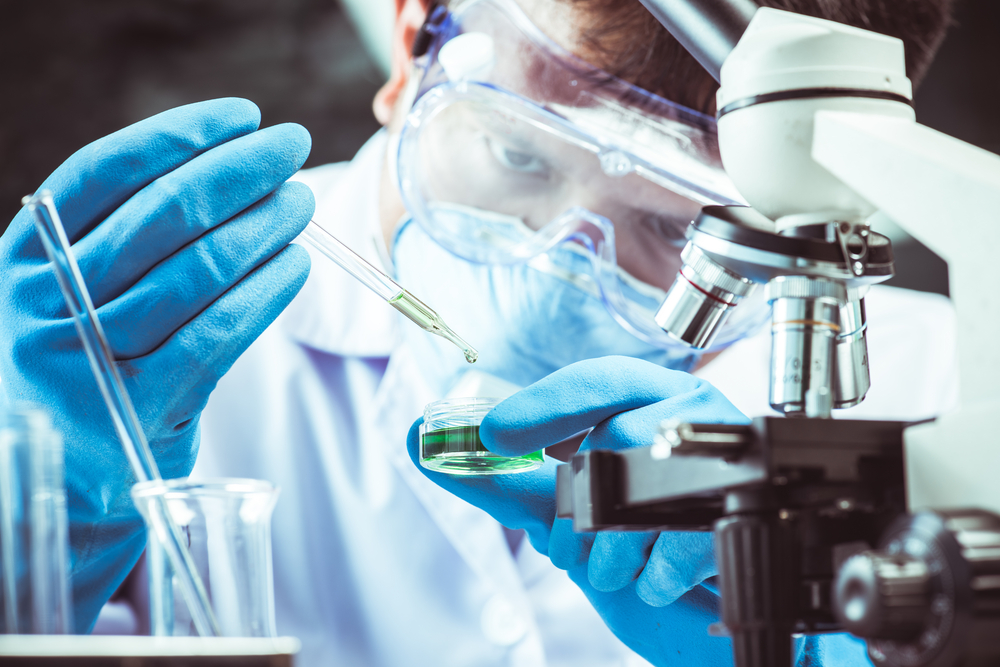
The U.S. Government Accountability Office (GAO) released a report detailing the process of developing a COVID-19 vaccine.
The United States government is funding multiple efforts to develop vaccines. GAO said it is an expensive, lengthy process that involves a series of steps first to identify a potential vaccine “candidate” and then assess it for safety and effectiveness.
It starts with identifying a “target,” such as a protein, that can induce an immune reaction. Researchers then seek to create a vaccine candidate similar to that target that will induce production of antibodies effective against the virus. After that, the vaccine candidate goes through phases of development, assessment, and approvals. The entire process, under normal circumstances, takes 10 to 15 years, with more than 65 percent of candidates failing.
With COVID-19, there is an effort to expedite this process. Currently, there are more than 110 COVID-19 vaccines in development globally. At least three of those are being developed in the United States with federal funding. These three use different mechanisms to get the body to produce antibodies.
The first candidate, developed by National Institute of Allergy and Infectious Diseases scientists and their collaborators, uses a molecule called mRNA. This molecule is specifically coded to generate proteins that will induce an immune response.
The second candidate uses a recombinant protein, which is produced by genetically engineering bacteria or other cells to produce a protein that mimics the “spike protein” found on the COVID-19 virus. The spike protein may be sufficient to produce an immune response. Recombinant protein vaccines are already being used successfully against other viruses, including the human papillomavirus (HPV).
The third candidate uses a virus—adenovirus 26, or Ad26—that has had its infectious aspects removed. It seeks to deliver a piece of SARS-CoV-2, the virus that causes COVID-19, to trigger a protective immune response. This method has been used in clinical trials against HIV and Ebola.
After the vaccine candidates are identified, researchers use cells and animals to assess the safety and produce evidence of clinical promise. During clinical trials, human subjects are added at each successive phase as safety, efficacy, proposed doses, schedule of immunizations, and method of delivery are evaluated.
The next phase is FDA approval and licensure. This step includes oversight of manufacturing and may consist of Phase IV trials to monitor safety and efficacy. The FDA has four programs to facilitate and expedite the review and approval of new therapies — Fast Track, Breakthrough Therapy, Accelerated Approval, and Priority Review. Also, the FDA can issue Emergency Use Authorizations (EUA) for review of vaccine candidates that have not completed all phases of development if there is sufficient evidence on the product’s safety and benefits.
The process can be terminated at any phase for various reasons, including detection of serious side effects.




